The Beijing 2022 Paralympic Winter Games wheelchair curling finals have ended. After intense competition for the gold medal in the Chinese wheelchair curling team, we once again broke through our historical record. The collision between millionths is come from the diligent training of athletes, and it is also aided by the intelligent curling machine aiming deviation prediction and motion trajectory automatic display system, developed by Professor Wu Lifang's team at Beijing University of Technology (BJUT).

Game On! The Power of Precision Measurement Technology
Curling is a team-based throwing competition where athletes need to fully use their perception, understanding, and utilization of the smoothness of the ice to control the trajectory of the curling stone in a limited number of throws, and execute precise tactical throwing maneuvers. Previously, the Chinese Paralympic team commonly used a "laser line and manual observation" method to calculate aiming point deviations during curling training. This method not only lacked quantitative assessment but was also not conducive to the collection of training data and could not perform intelligent computation.
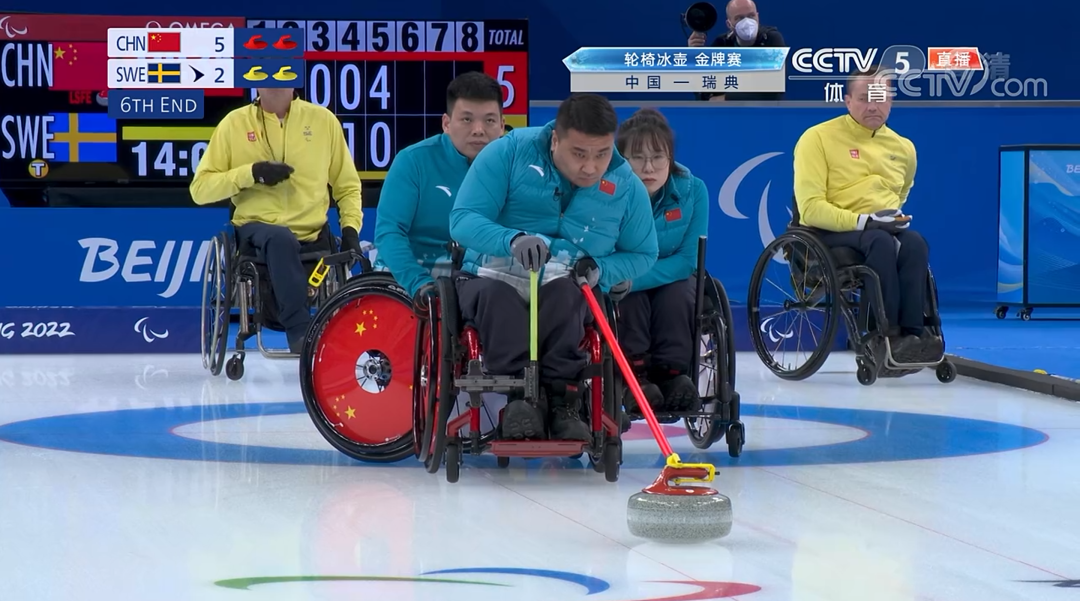
Since September 2021, athletes preparing for the Winter Olympics have used the System. By installing synchronous four-channel high-speed high-resolution cameras over the training venue, the system can provides the curling trajectory in real time, precisely locate its position and rotation angle, and provide data-driven technical assessments to the athletes. The error of the system is smaller than or equal to 1 centimeter, which is a distance imperceptible on a curling venue of 44.5 meter by 4.32 meter. However, in the competitive arena, athletes' abilities are tested within these fine margins.
Additionally, the system can also offer functions such as global motion perspective shifting and virtual reality. Whether the virtual scenario or the actual competition venue, the curling's movement process can be displayed from multiple perspectives. It includes displaying the intended aiming point of the athlete, and predicting the actual aiming direction while quantitatively calculating the aiming error. The system helps not only coaches to quantitatively evaluate athletes' competitive levels and performance and to adjust training plans based on real-time conditions, but it also helps athletes to discover their potentials and to improve their competitive abilities.

Challenges! Breakthrough from Snooker to Curling
Professor Wu Lifang said, "The system functions includes: automatically displaying the movement trajectory of the curling stone in both actual or virtual scenes, calculating the moving speed per second, and at the same time calculating the athlete's throwing accuracy according to the rules given by the coach, helping the coach to quantitatively evaluate the athlete's precision. This assists coaches' quantitative evaluation of athletes' errors and improves their support of athletes during their training. This idea is come from our existing research achievements and experience in Snooker sports."
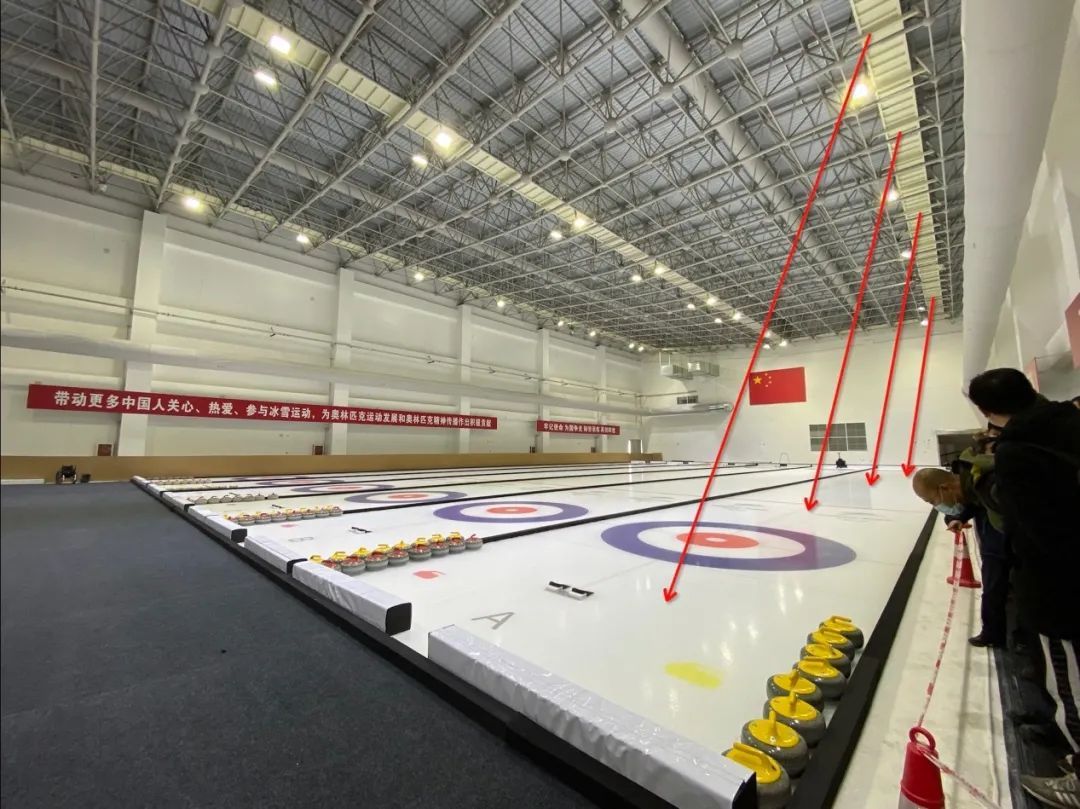
The prototype of this project emerged from Professor Wu team's five-year development of the "Chinese Hawkeye" system for the Snooker games, which has been successfully used in major snooker events. Subsequently, the team shifted its focus to the sport of curling. Professor Wu explained, "Compared to snooker, curling shares a similar analyzable mechanism, including shape, friction, collision trajectories, and other factors. So, when we learned of the demand for data analysis in Winter Olympics training, we began the work of video capture and data analysis for curling."
Ready! The Technological Mission of Visual Media Computing and Applications
Professor Wu added, "The successful operation of the system owes much to the coaches and athletes. They enthusiastically and patiently explained the tactics of curling tactics to us, so that our system meet the actual training requirements. To facilitate the collection of training data, they often trained on the designated curling venue, on which our system is installed."
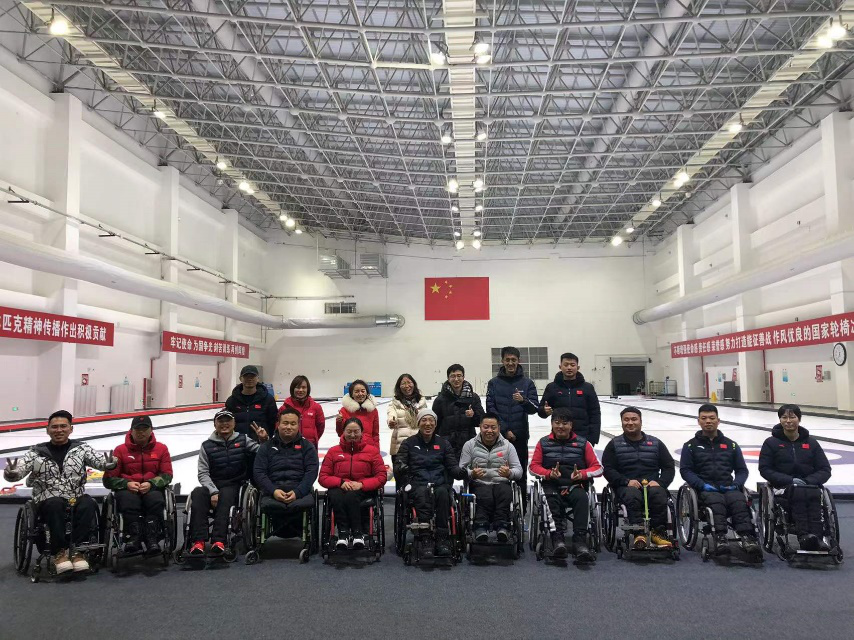
Professor Wu also said, "Wherever there is a need, we will be there. This is the responsibility scientists should have, and this is our commitment as members of BJUTers. We will continue to make breakthroughs and work hard on the journey of scientific research." The Visual Media Computing and Application team of BJUT is committed to research on the intelligent analysis of images, videos, texts, social media, and intelligent 3D printing. In the recent five years, the team has undertaken more than 20 national and Beijing-level research projects. Their research achievements have been applied in fields such as healthcare and sports. The team has published over 50 papers in renowned journals and conferences, in the top journals or conferences including IEEE TAFFC, IEEE TMM, IEEE TCSVT, Pattern Recognition, ACM MM and so on. The team has also received nearly 20 authorized invention patents.
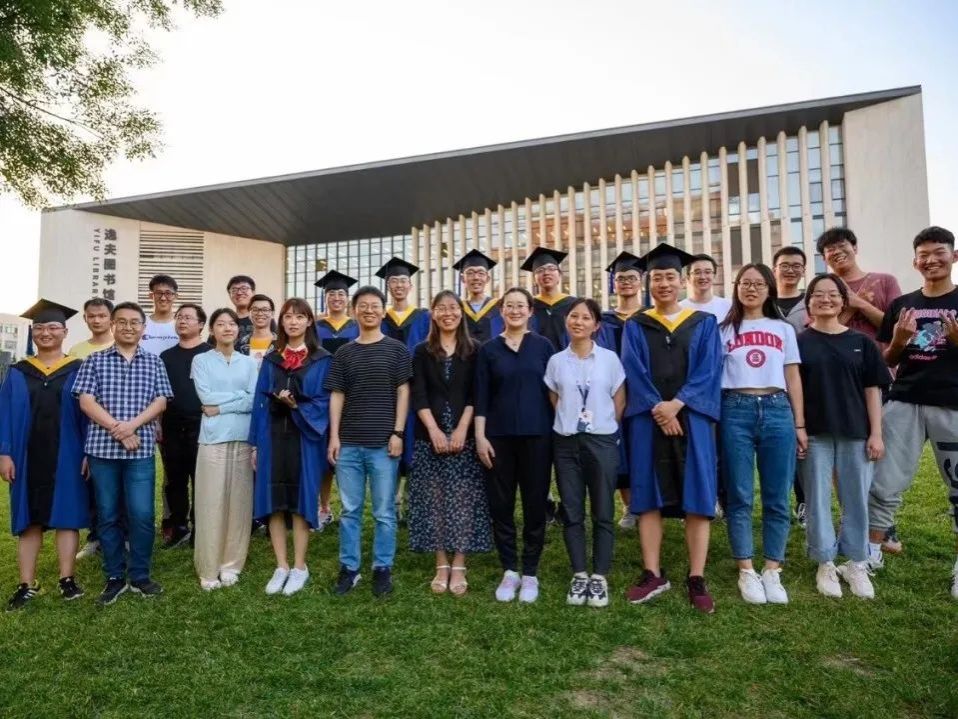
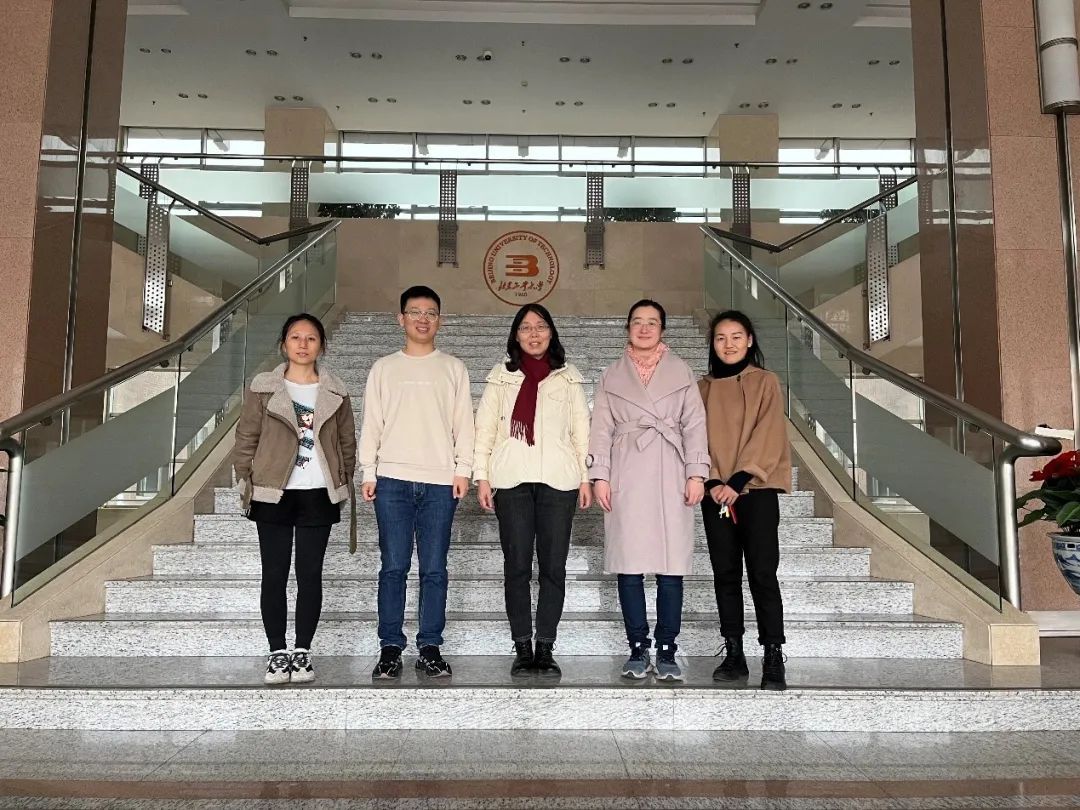
After the Beijing 2022 Paralympic Winter Games, the Intelligent Curling Stone Aiming Error Prediction and Motion Trajectory Auto-display System will be promoted and used in the curling sports. With their innovation achievements, the BJUTers have made significant contributions to the success of the Beijing 2022 Olympic and Paralympic Winter Games.







